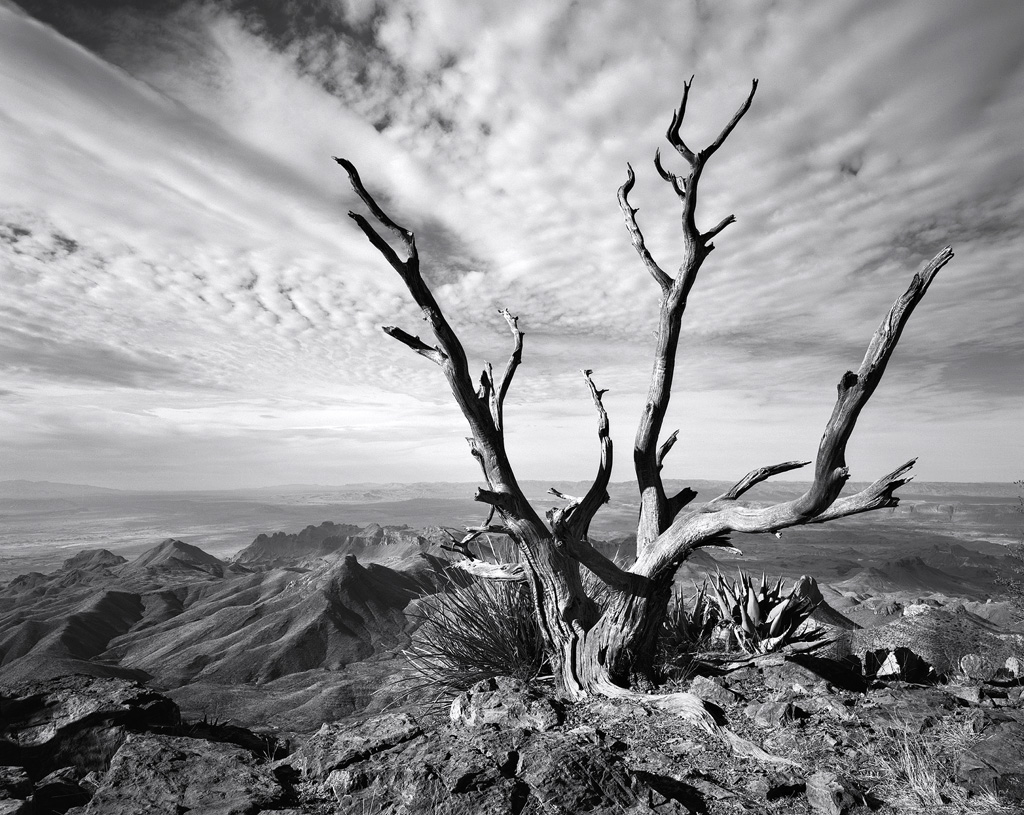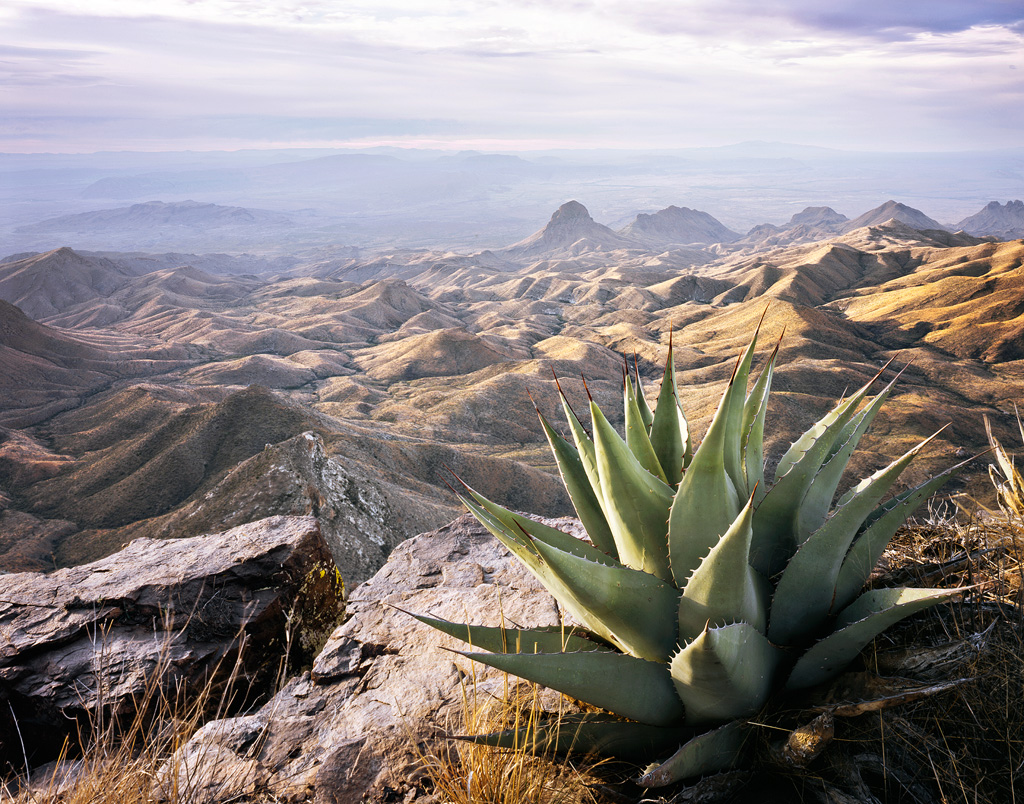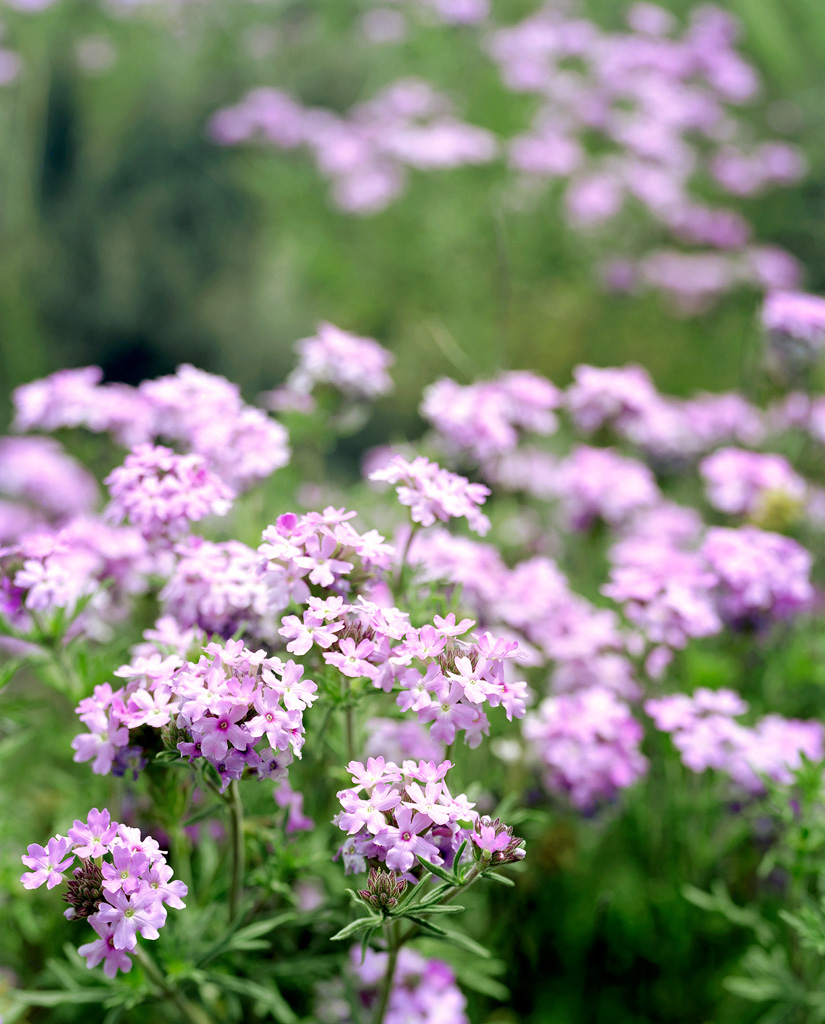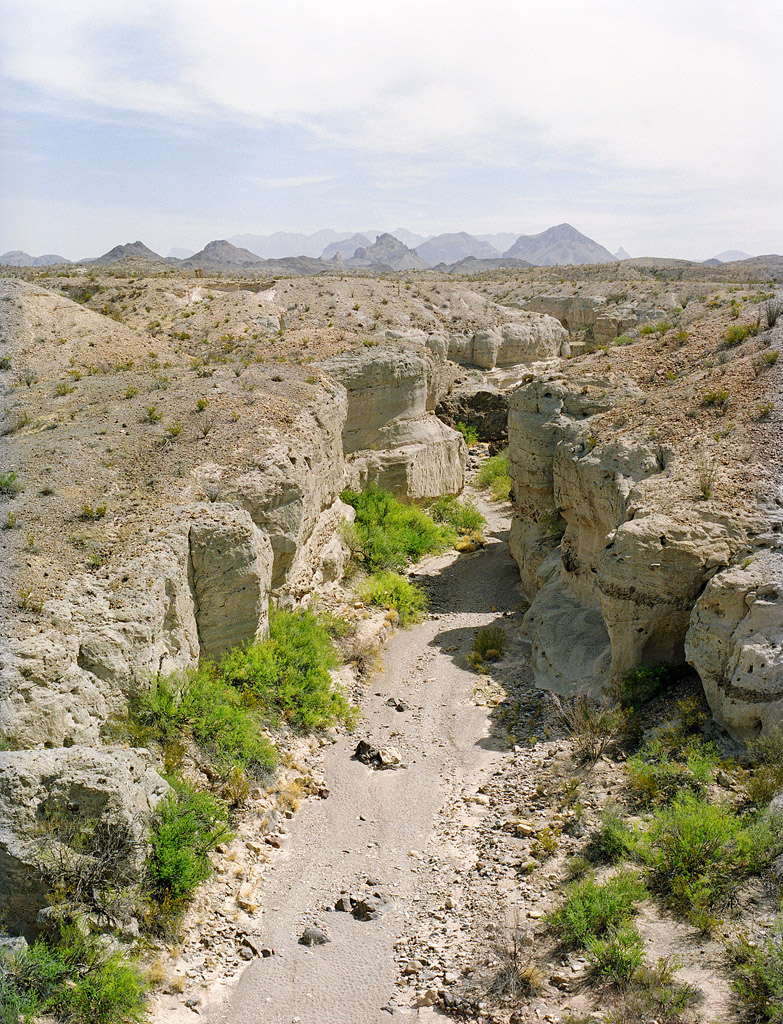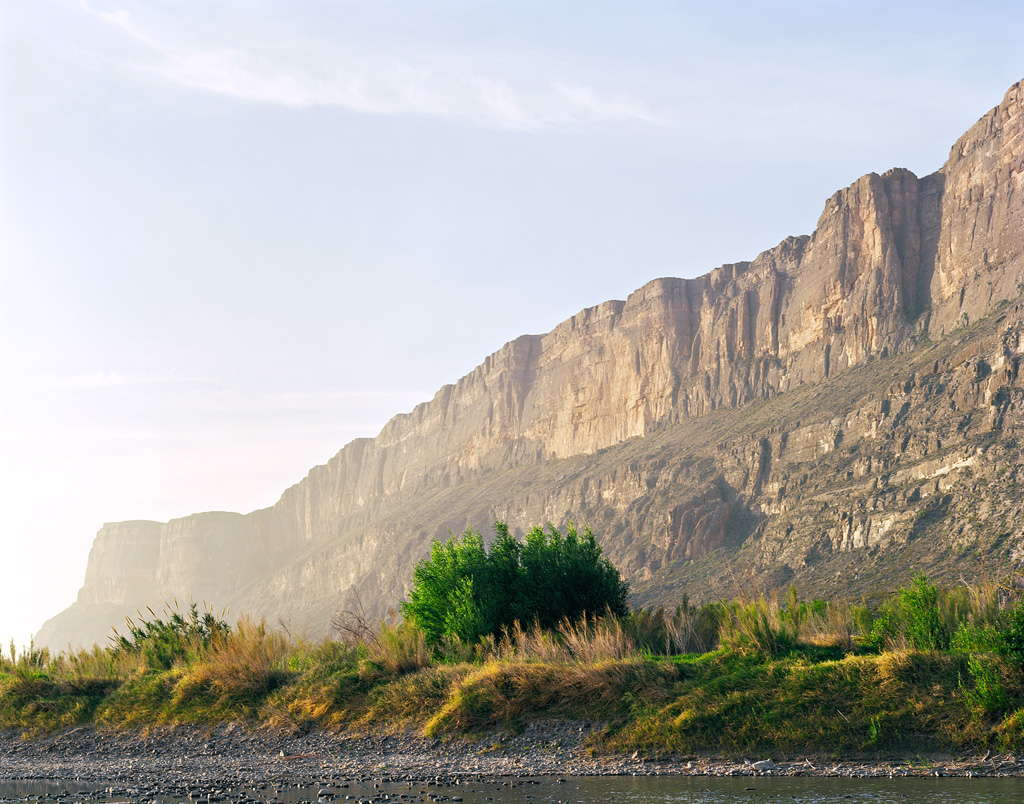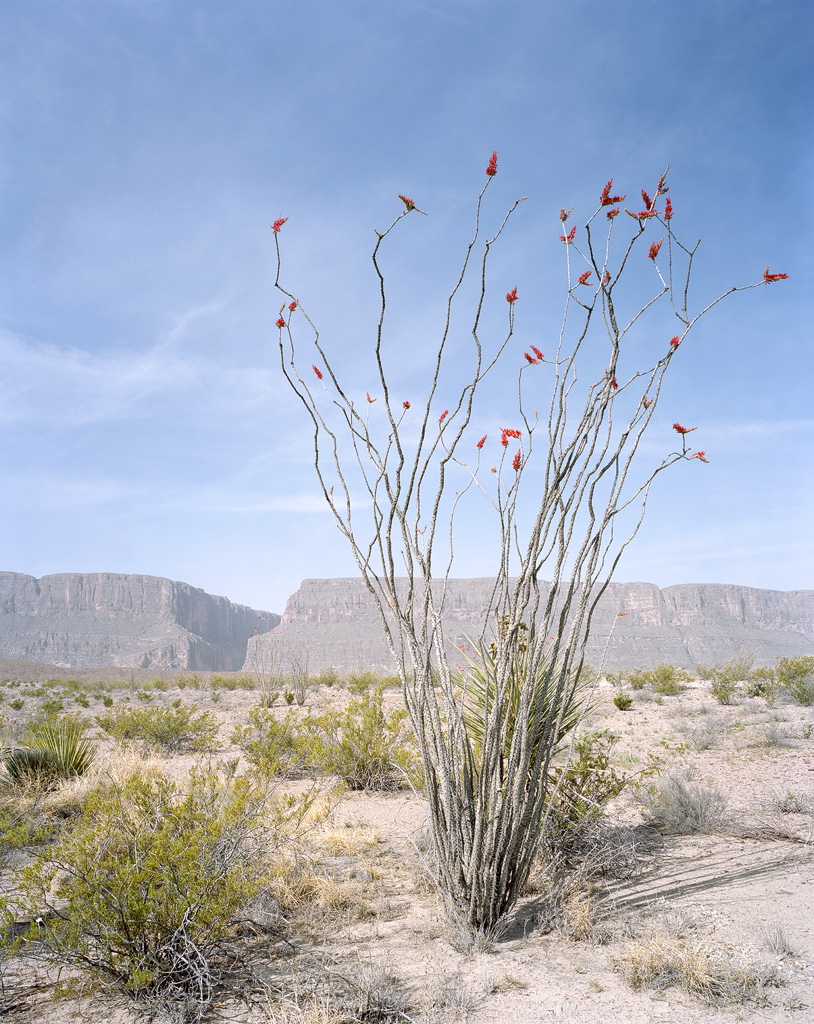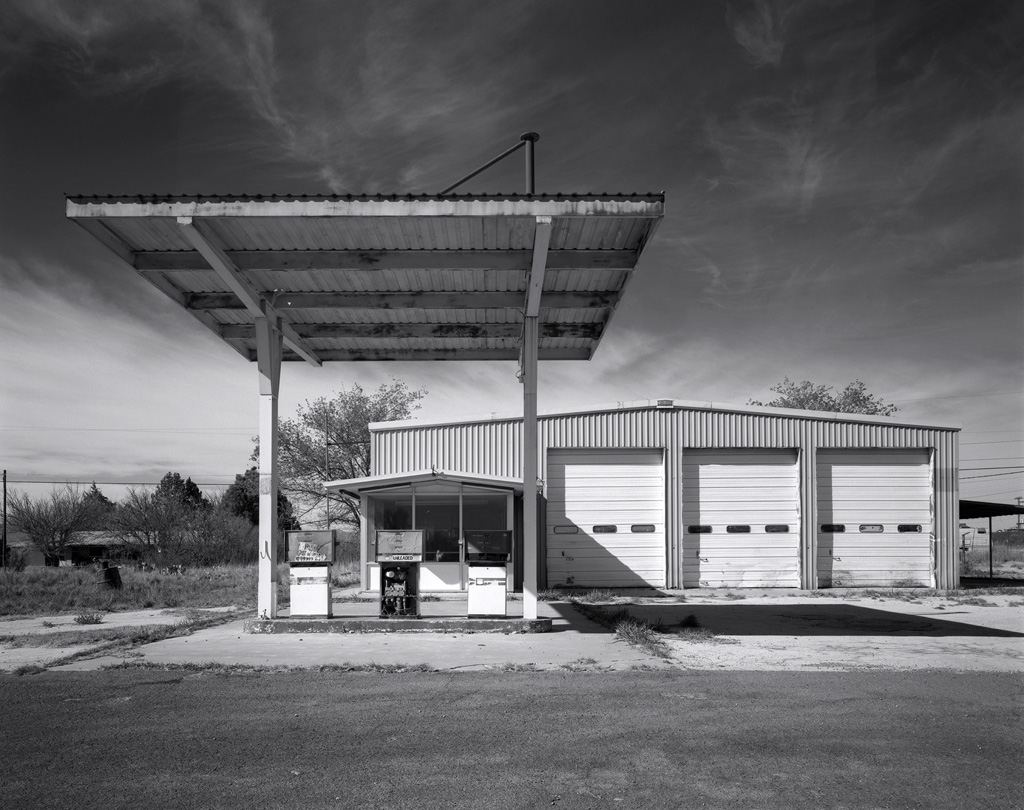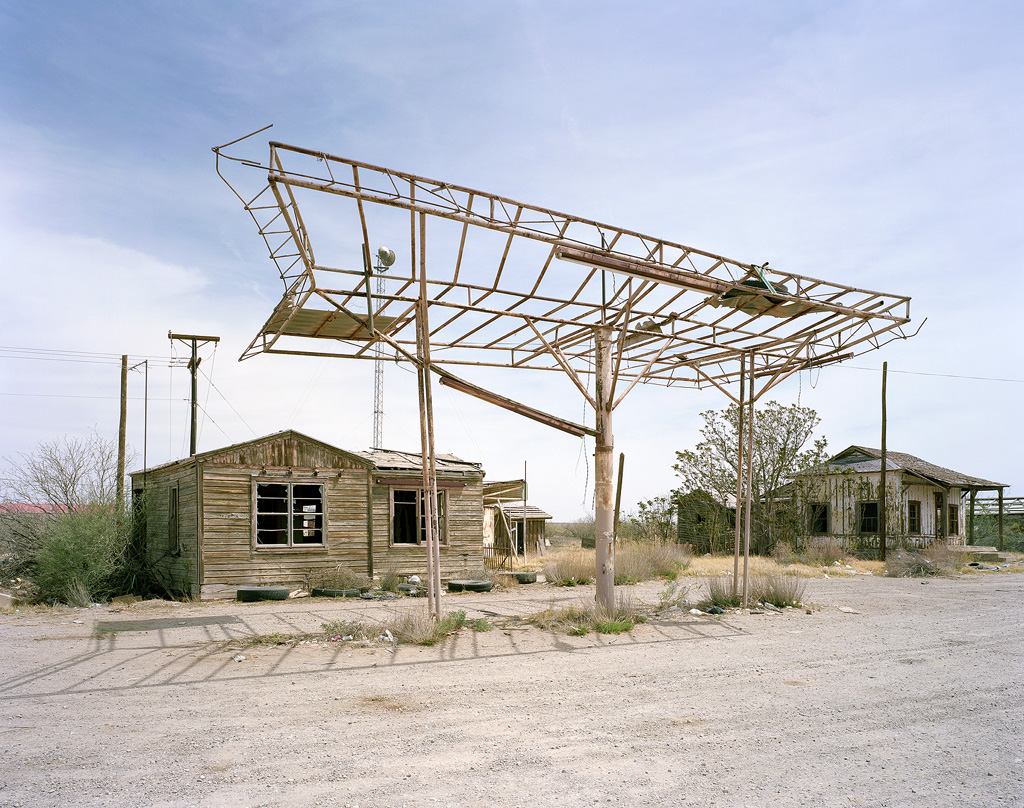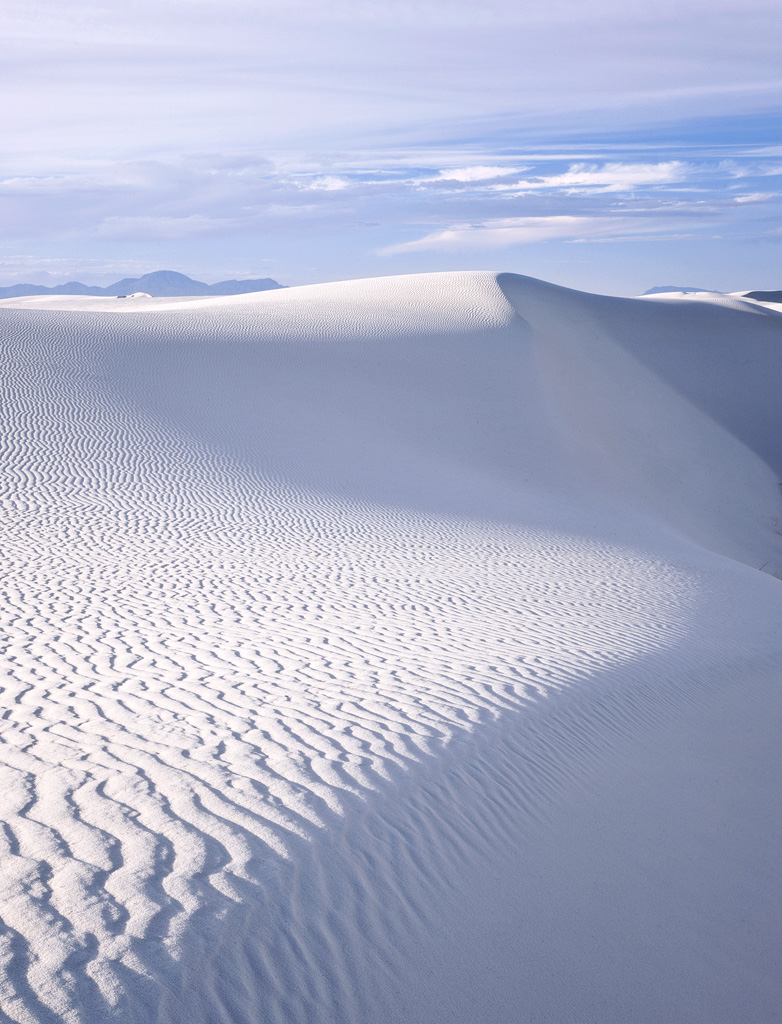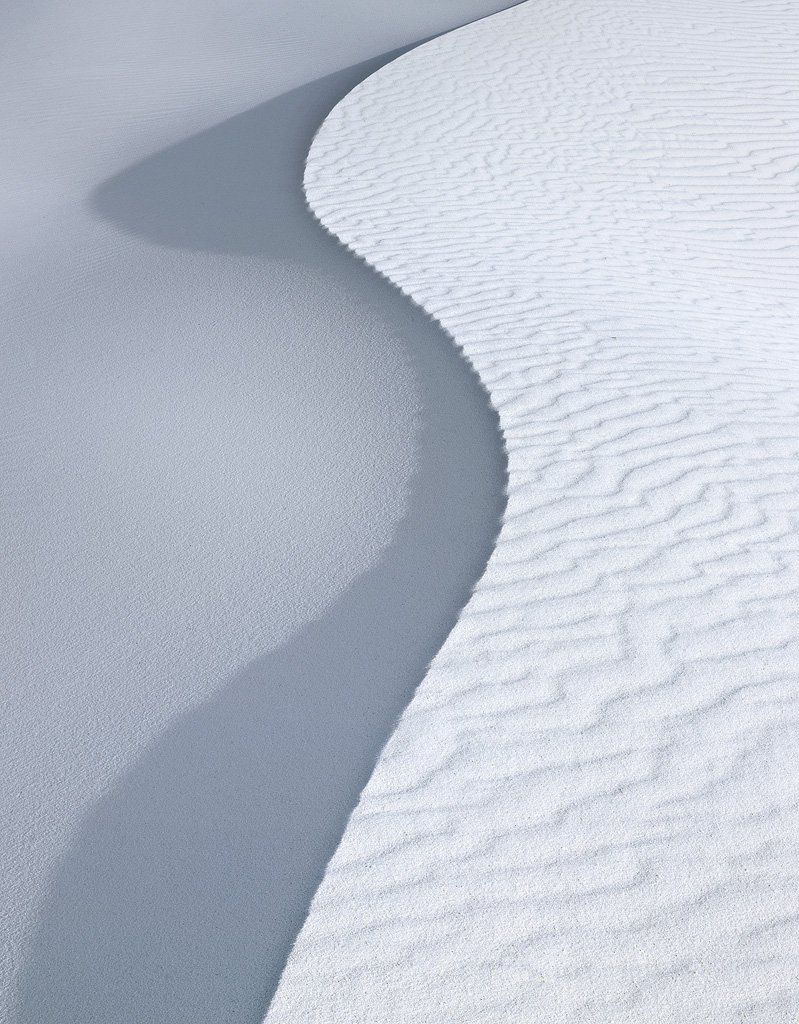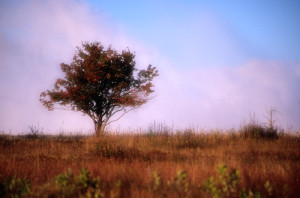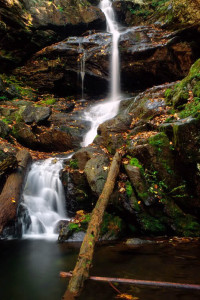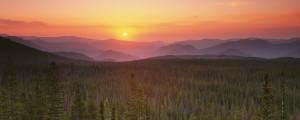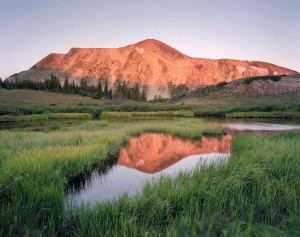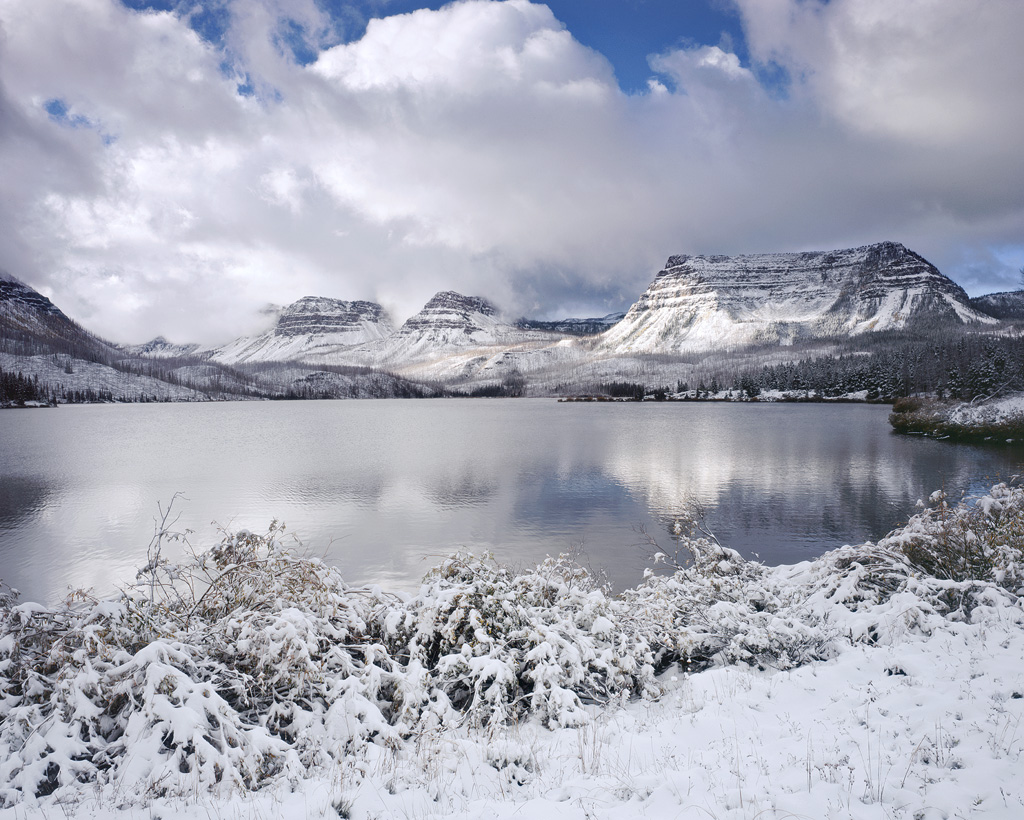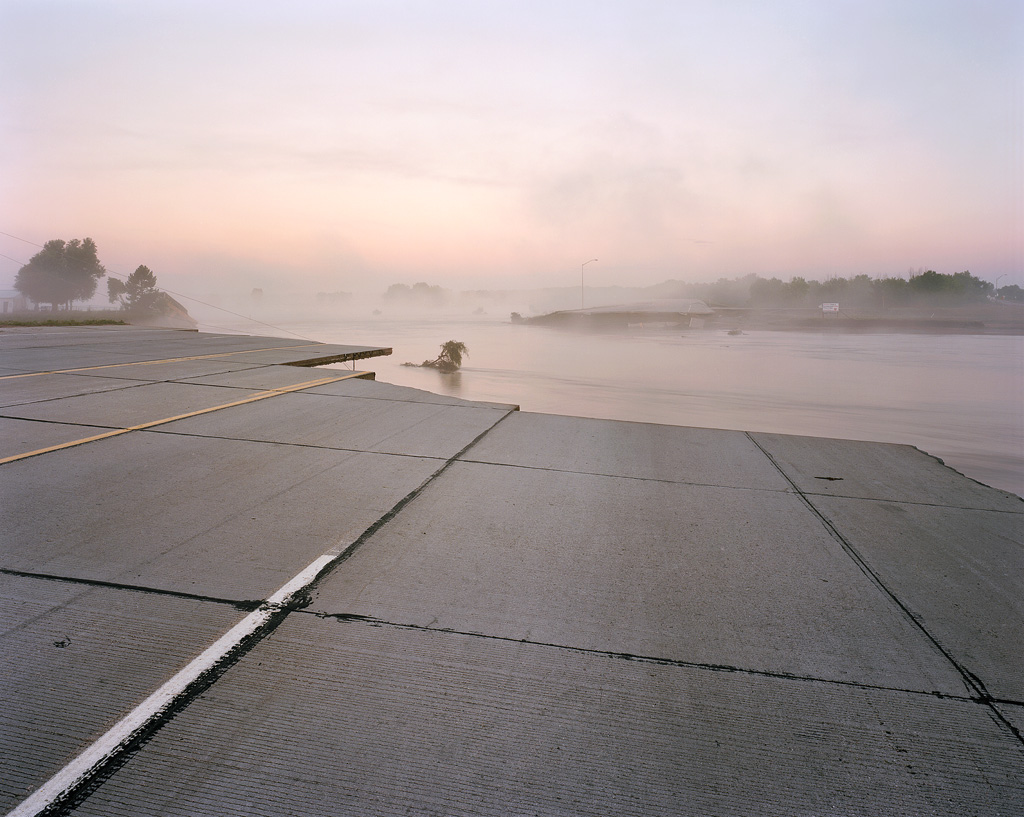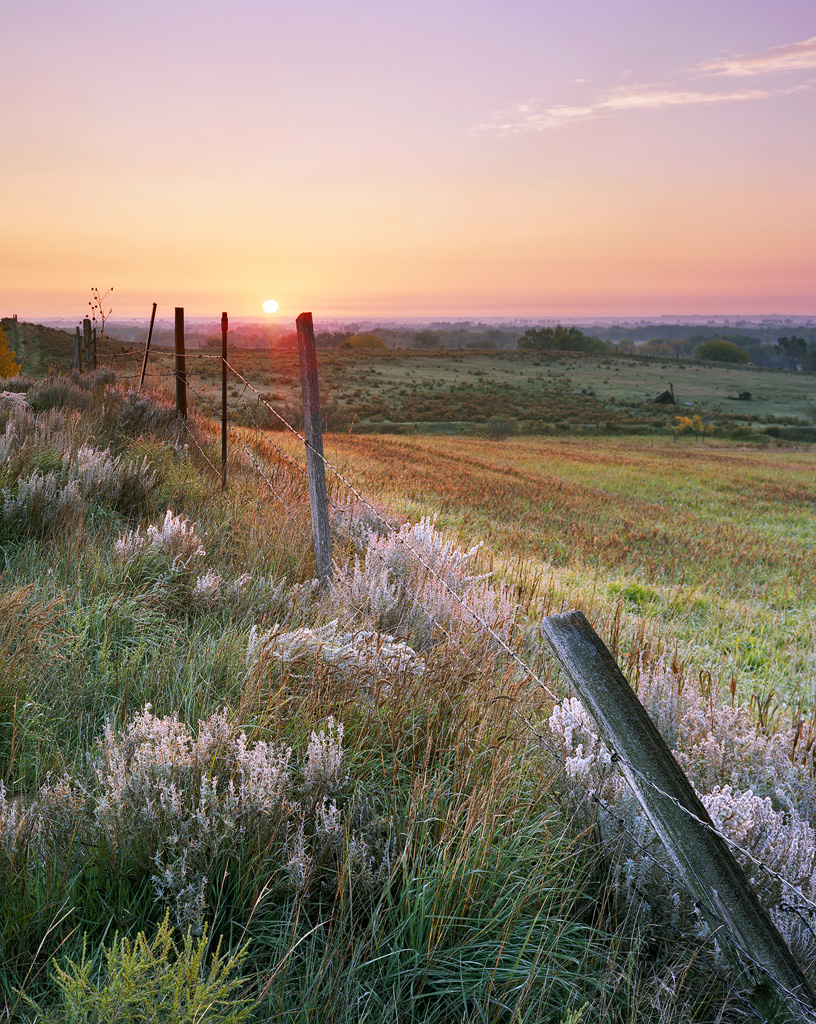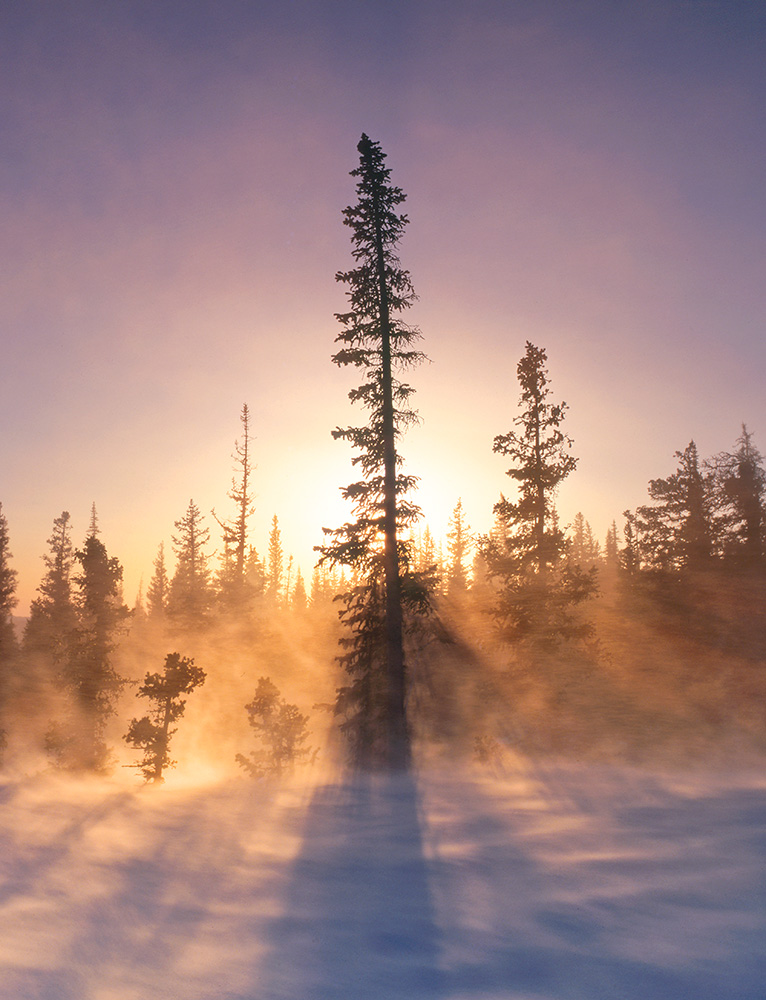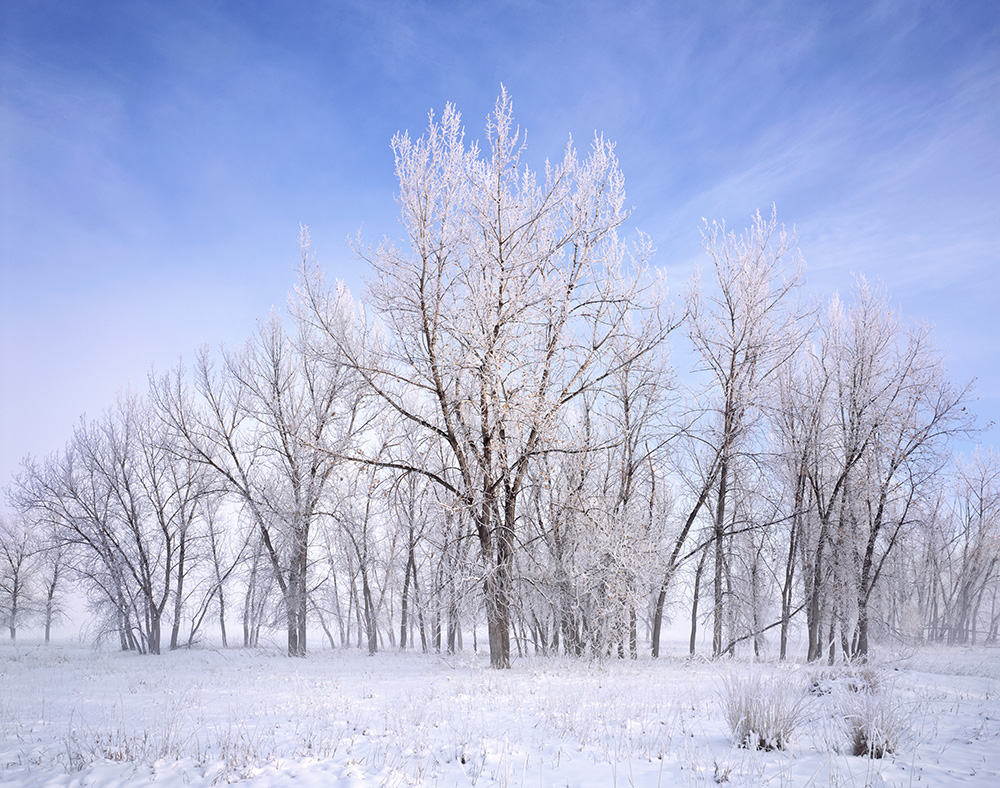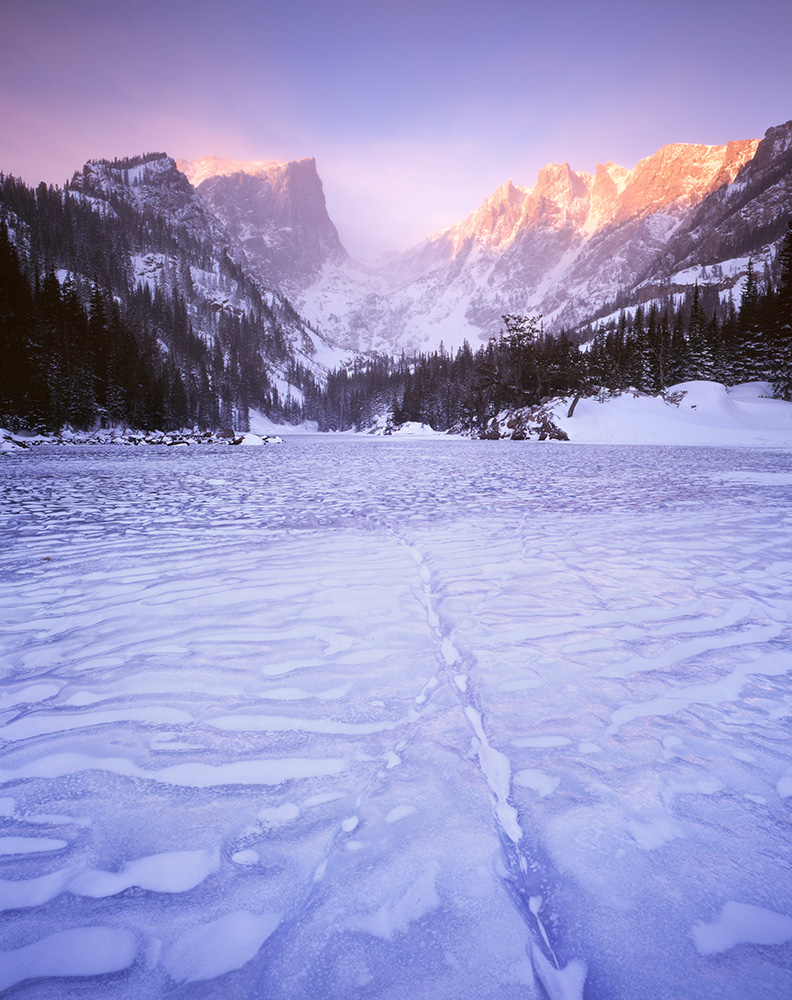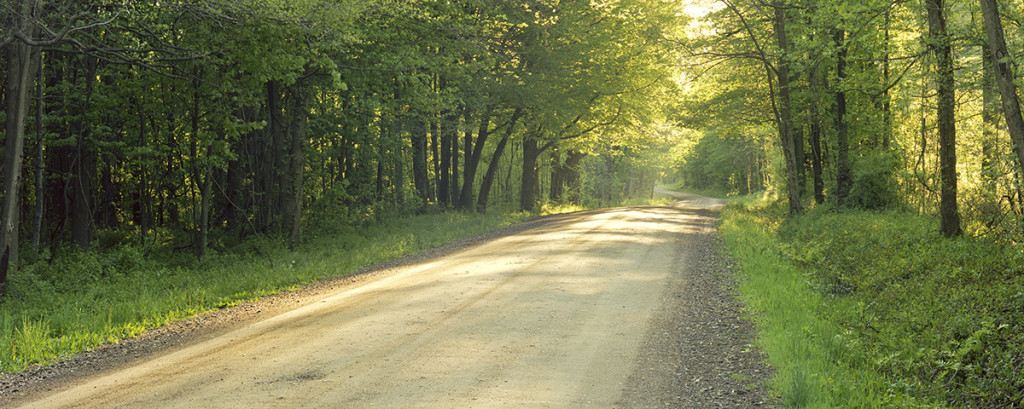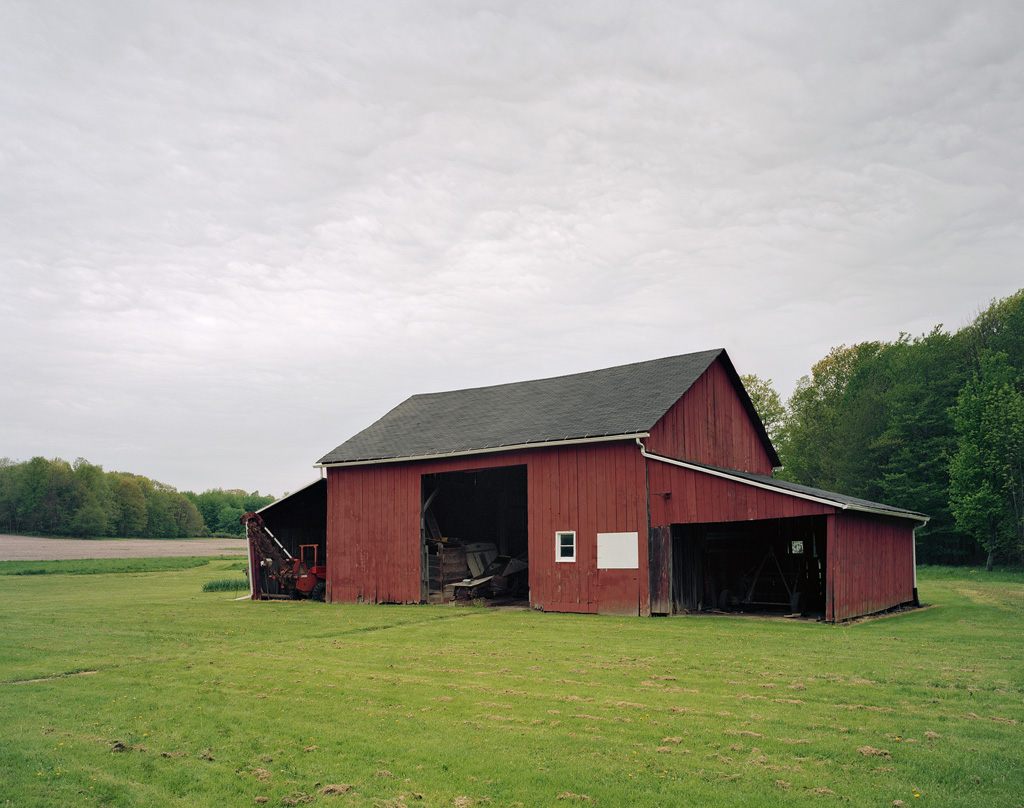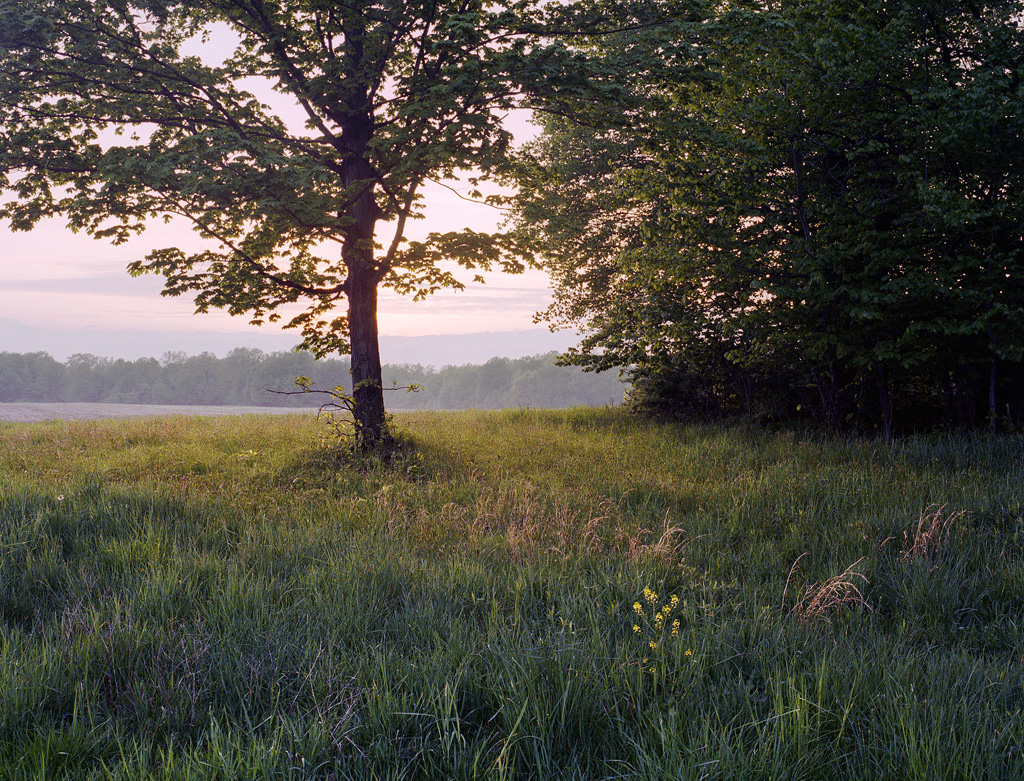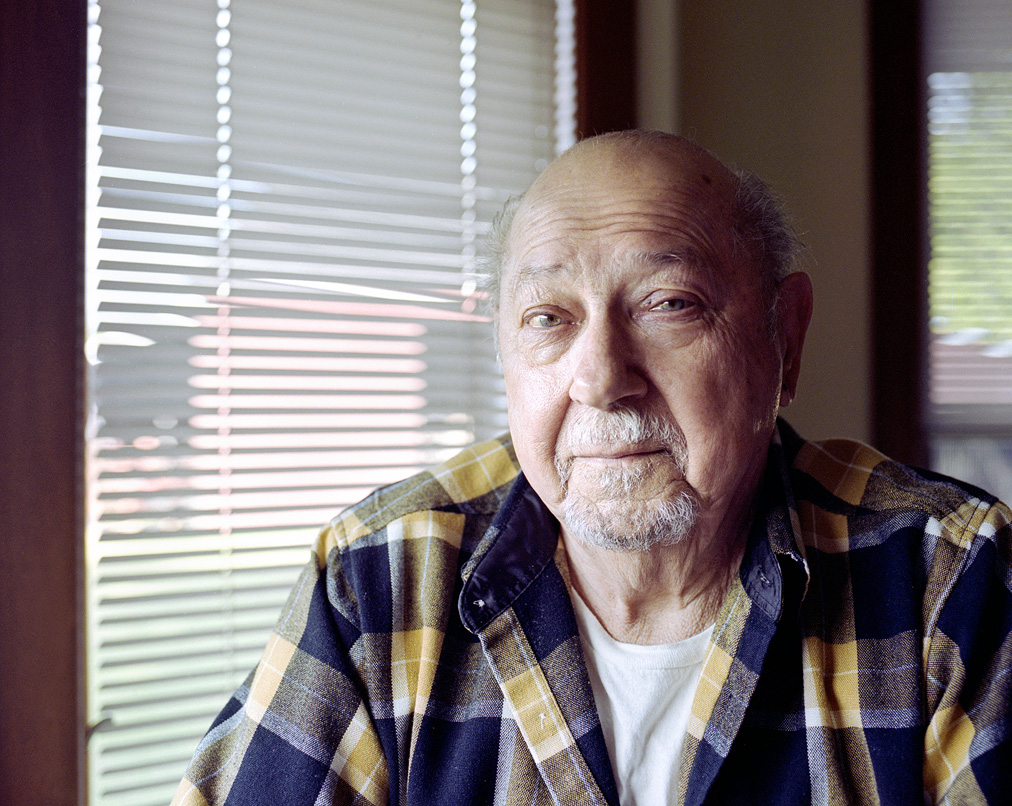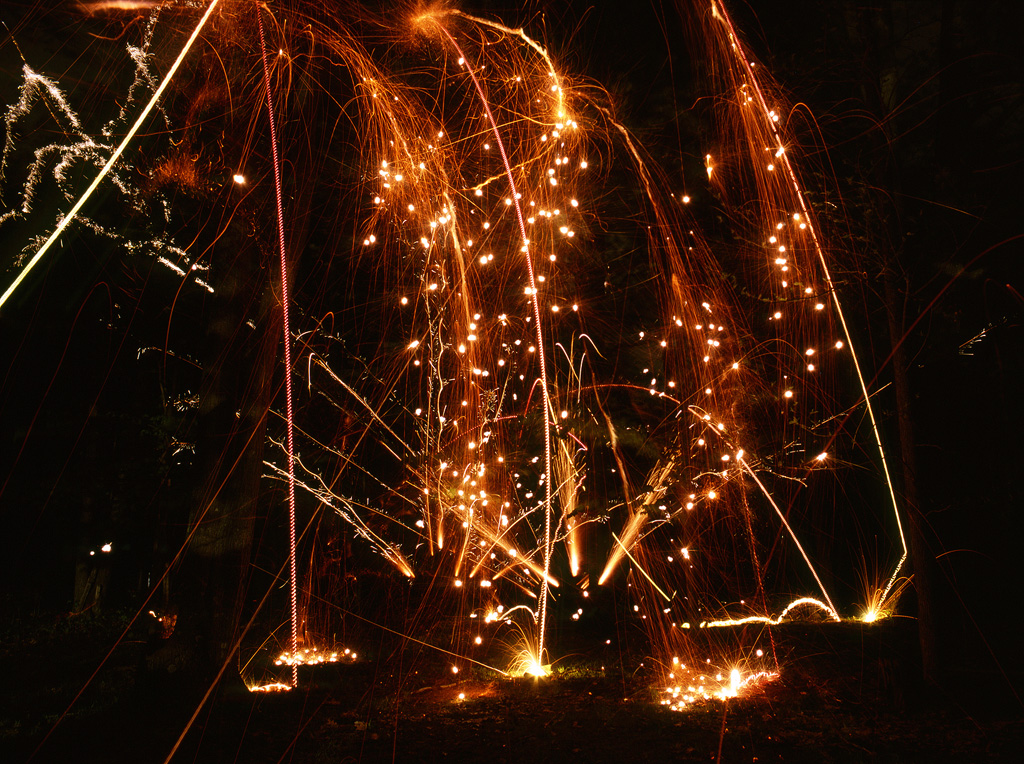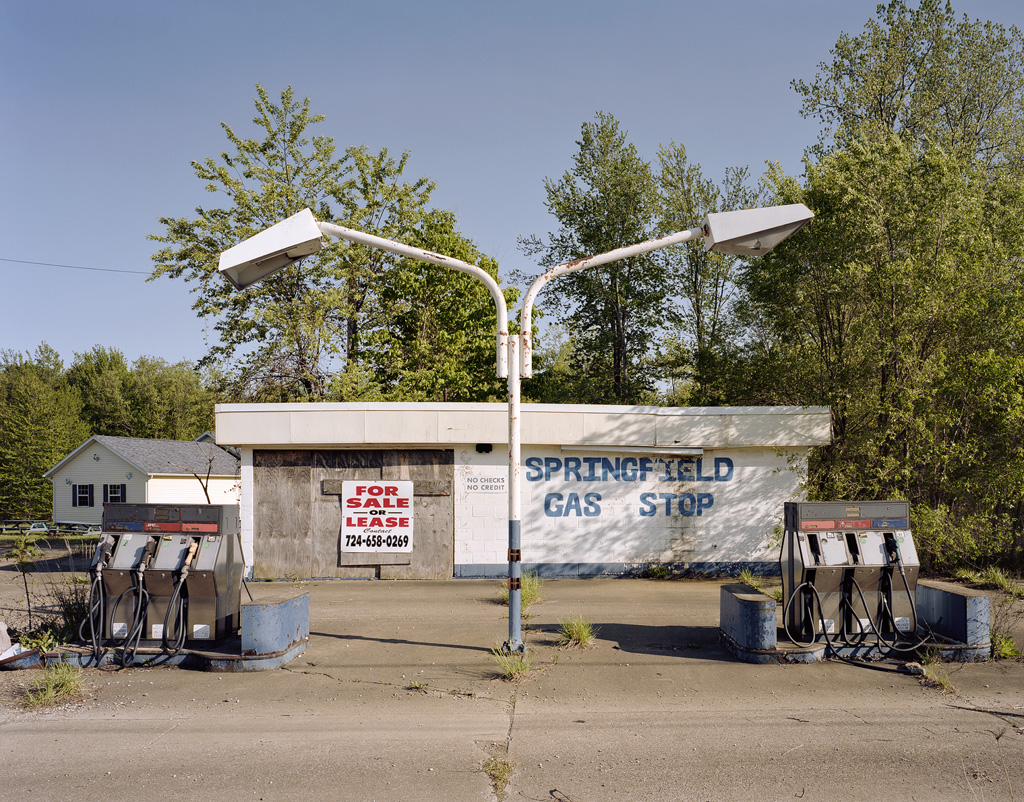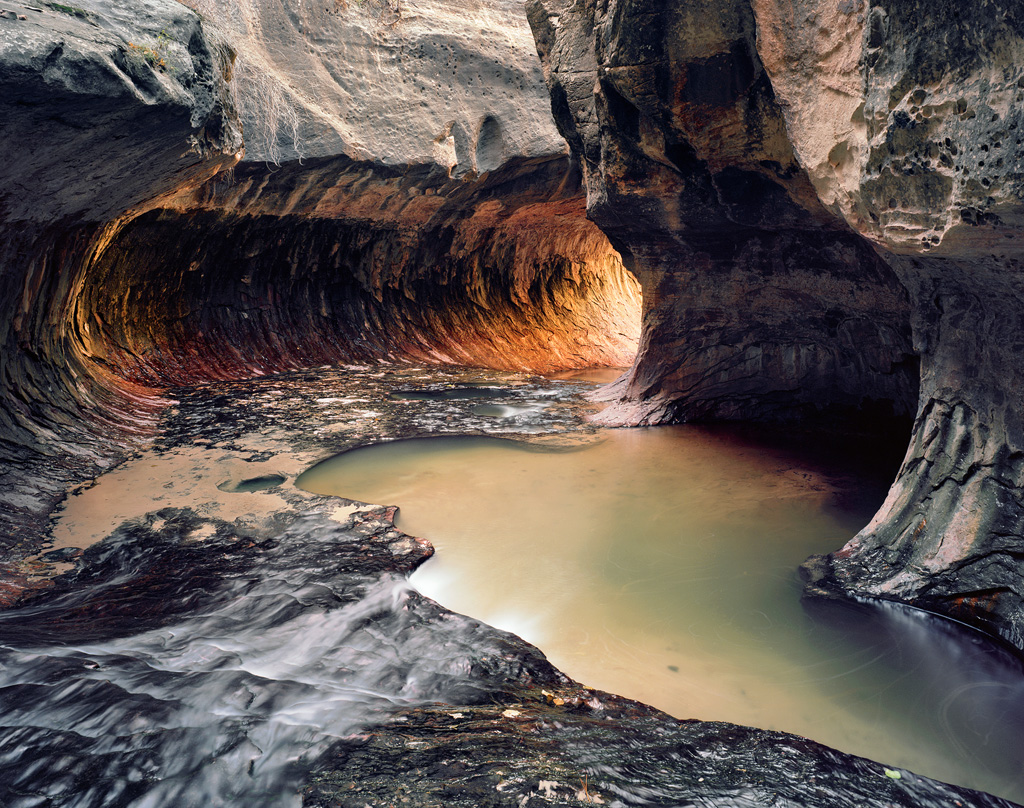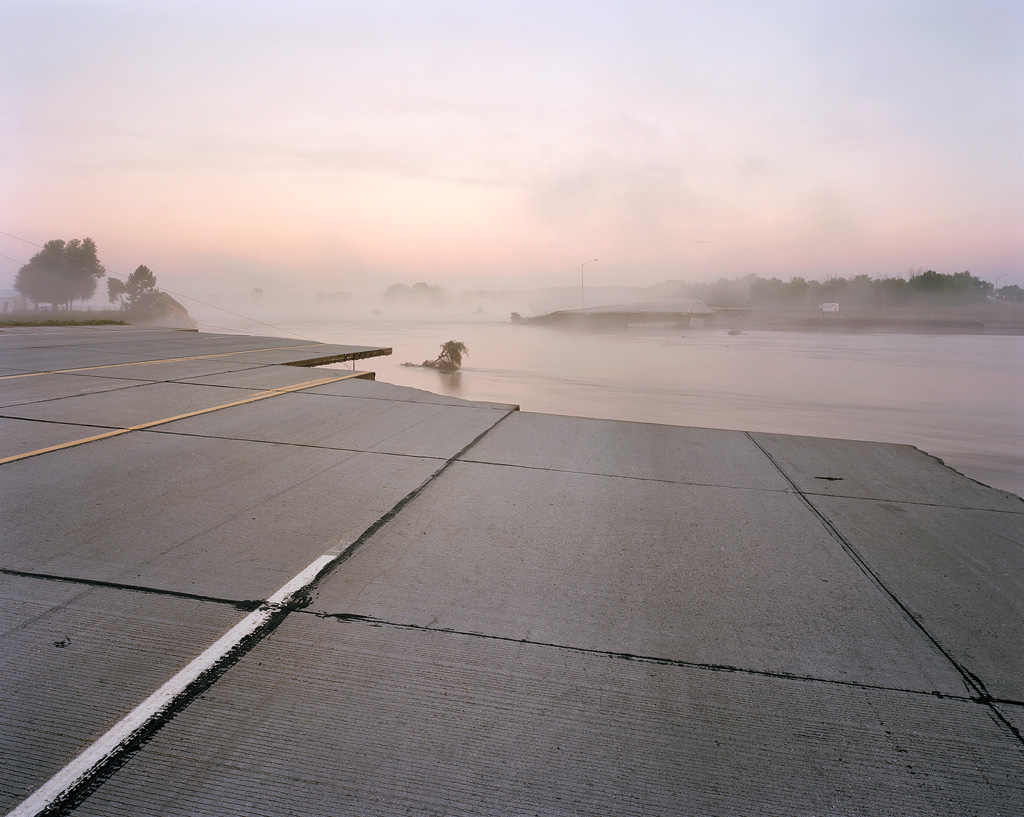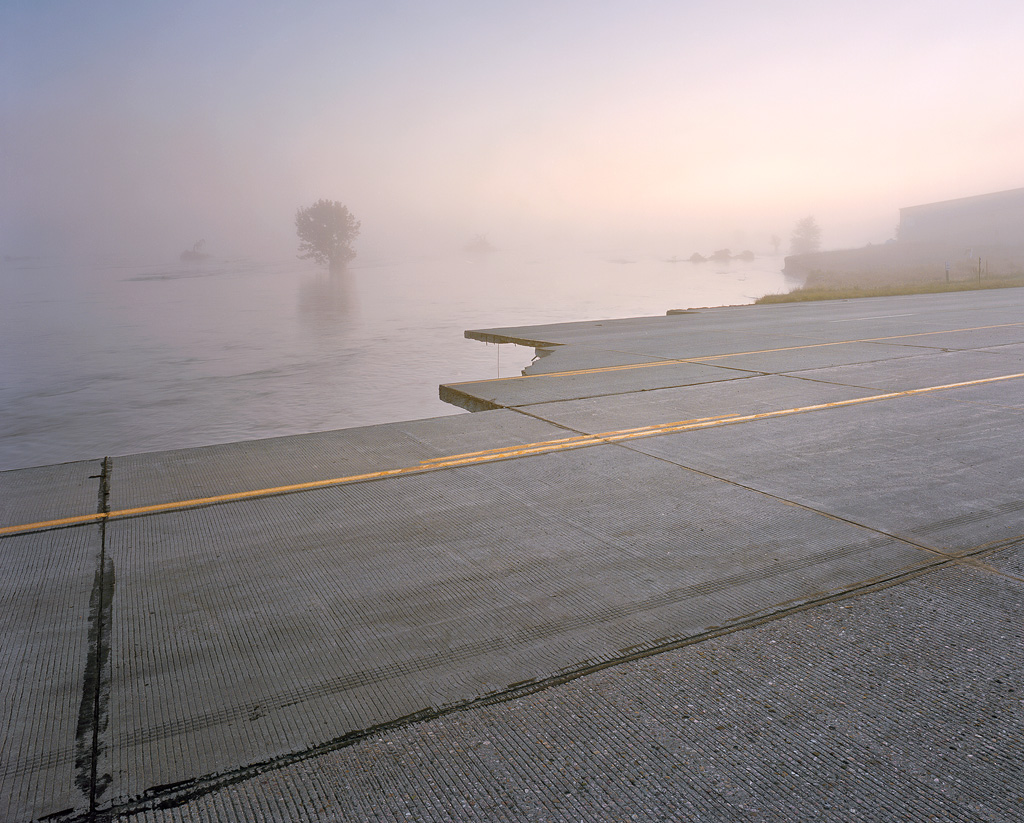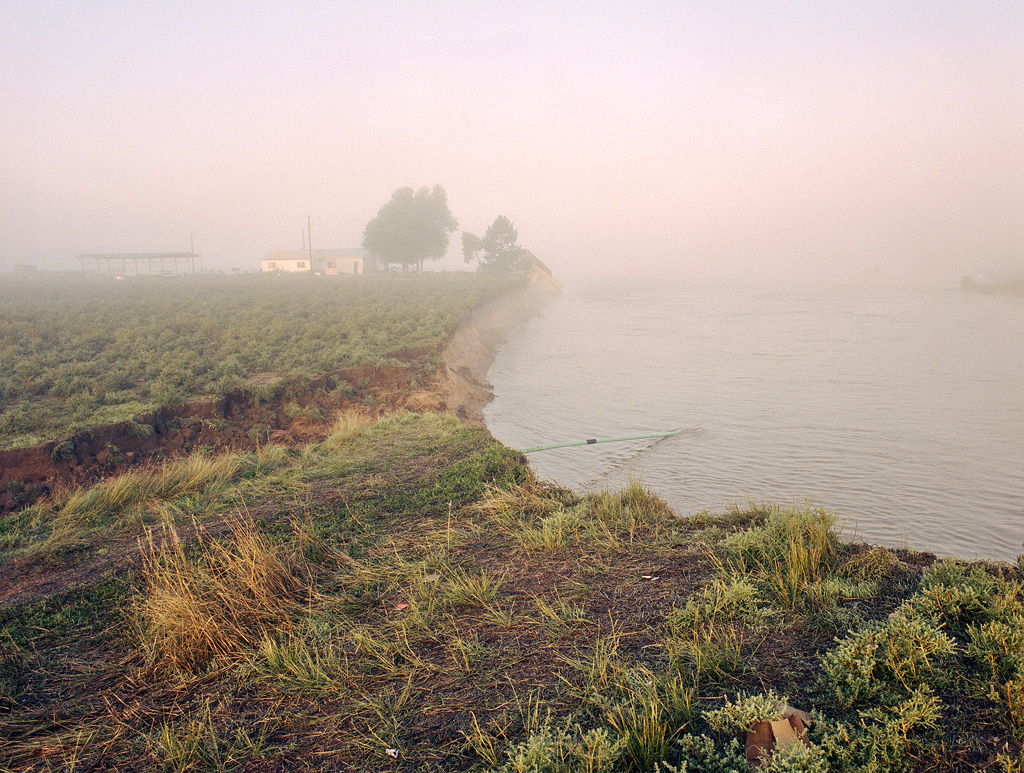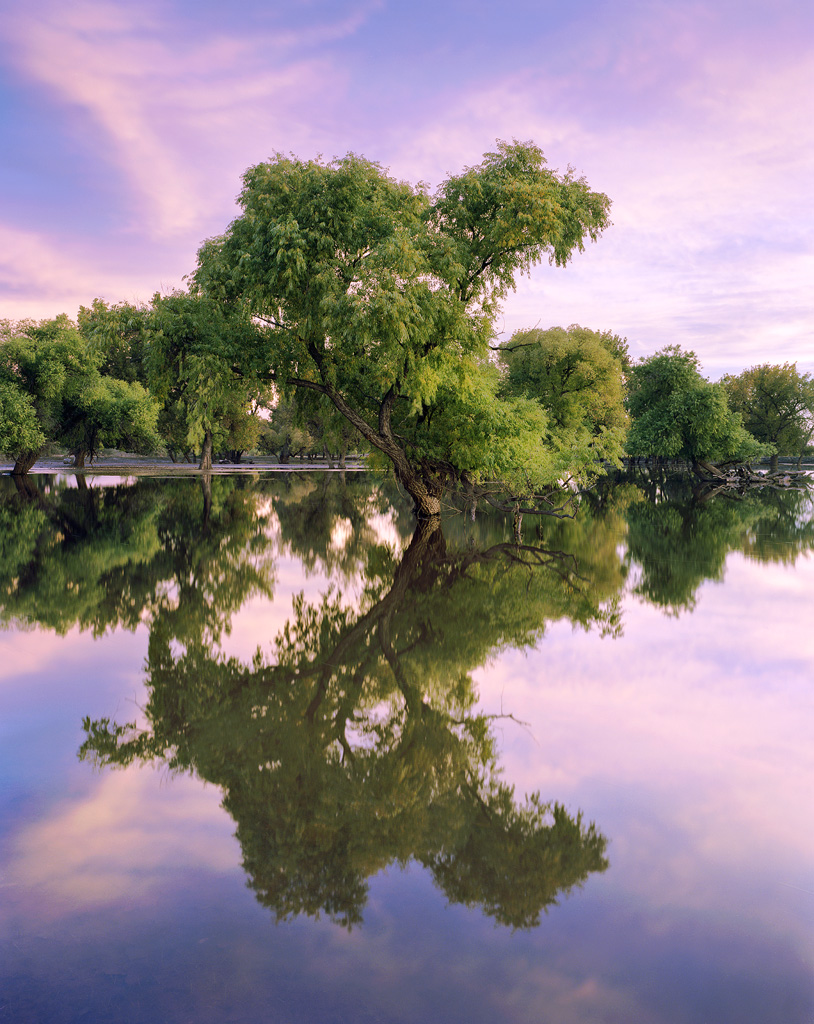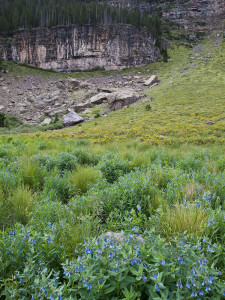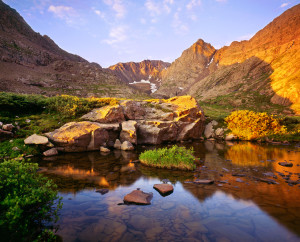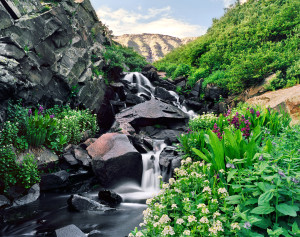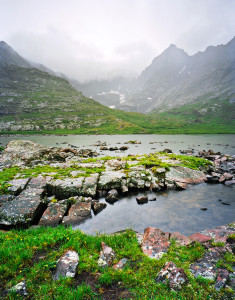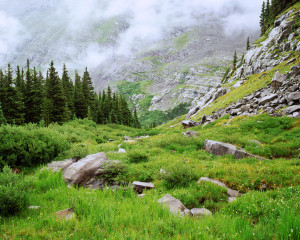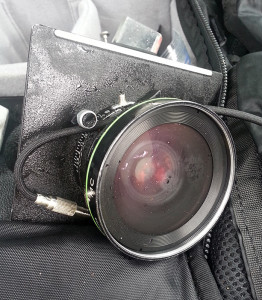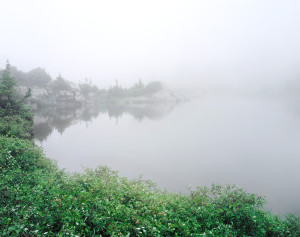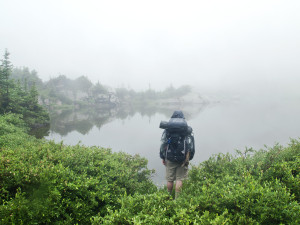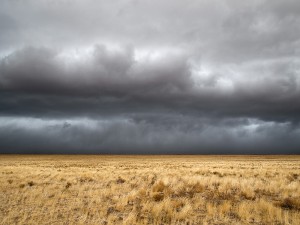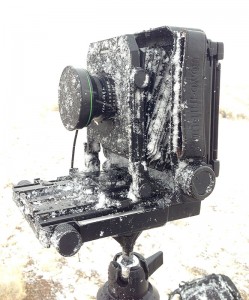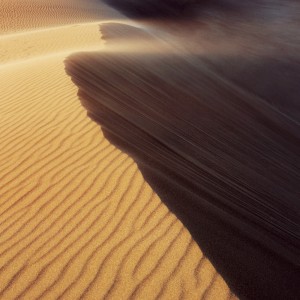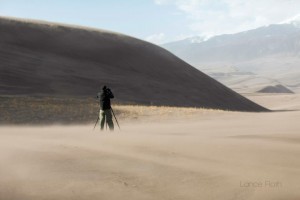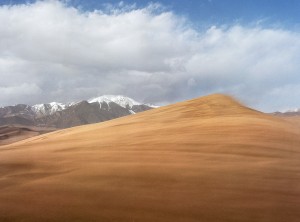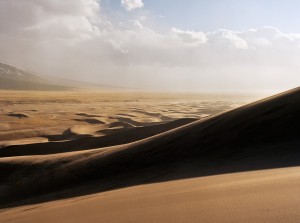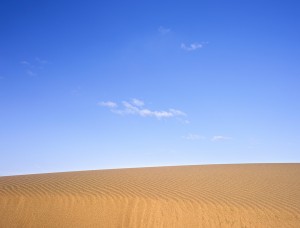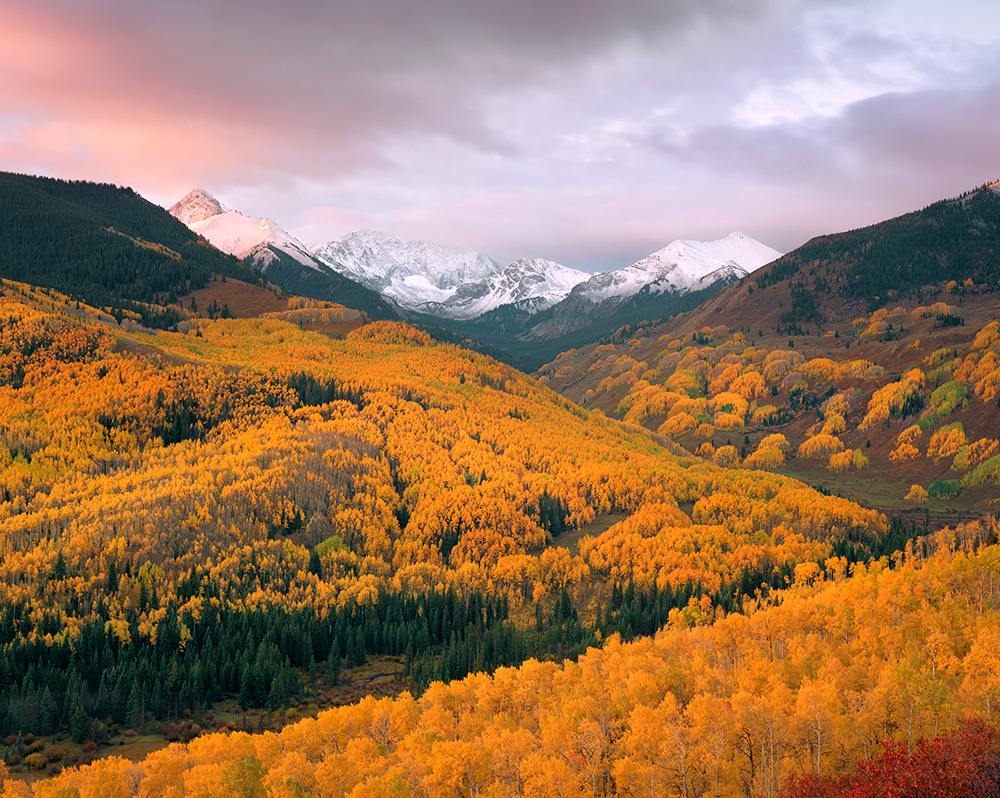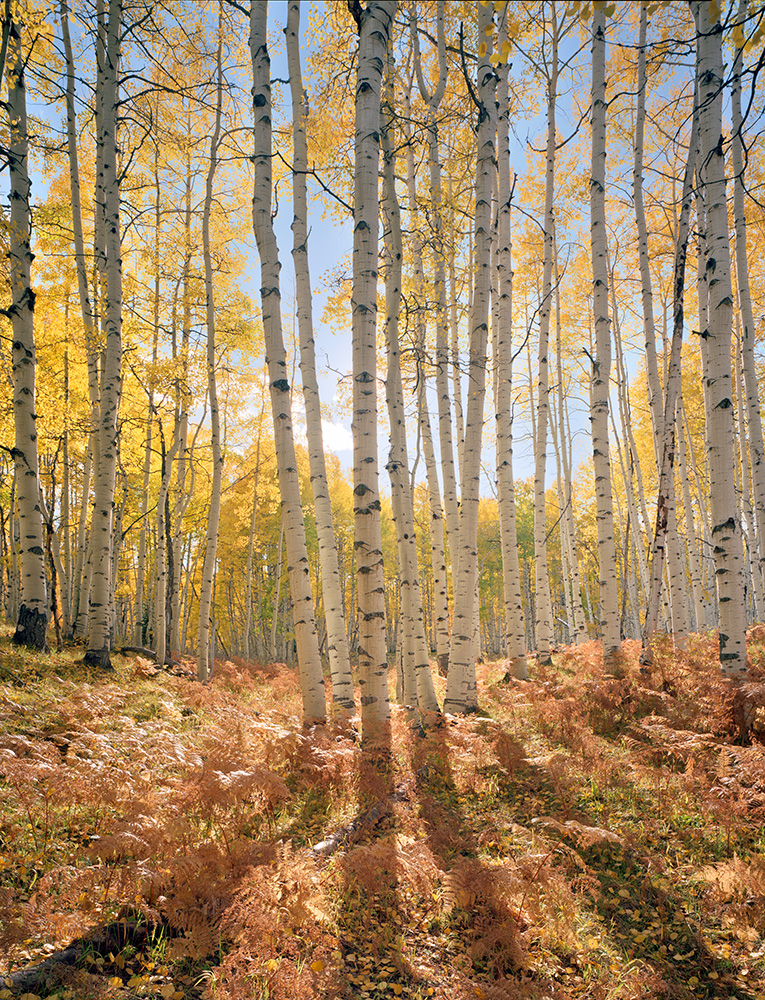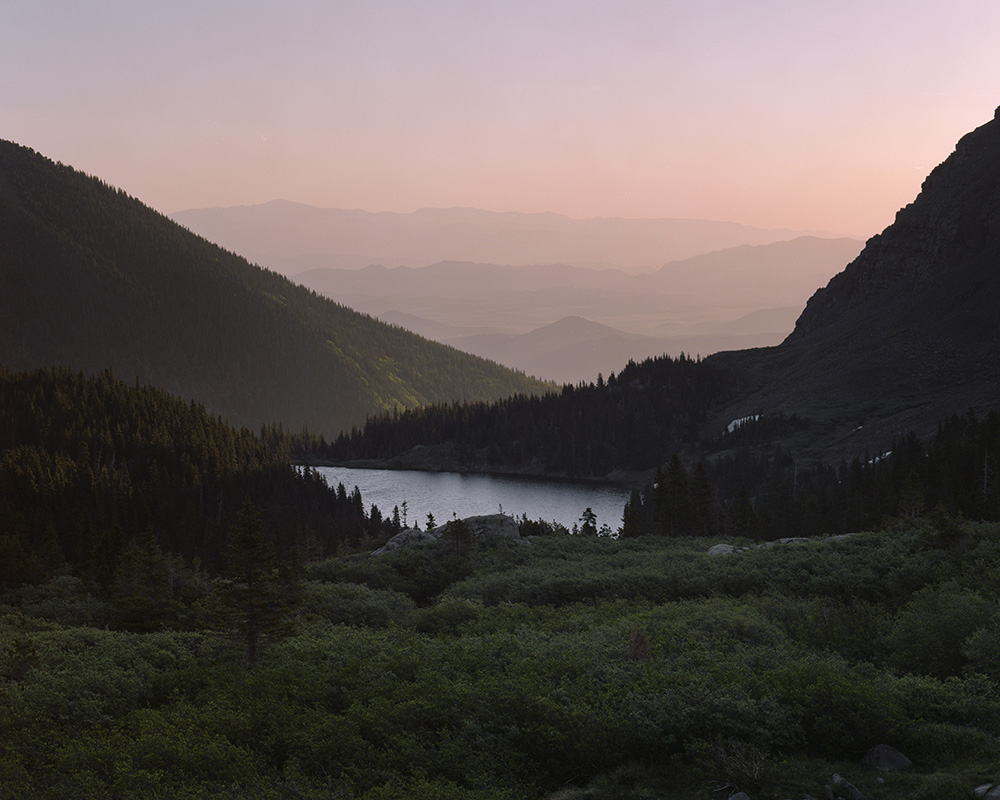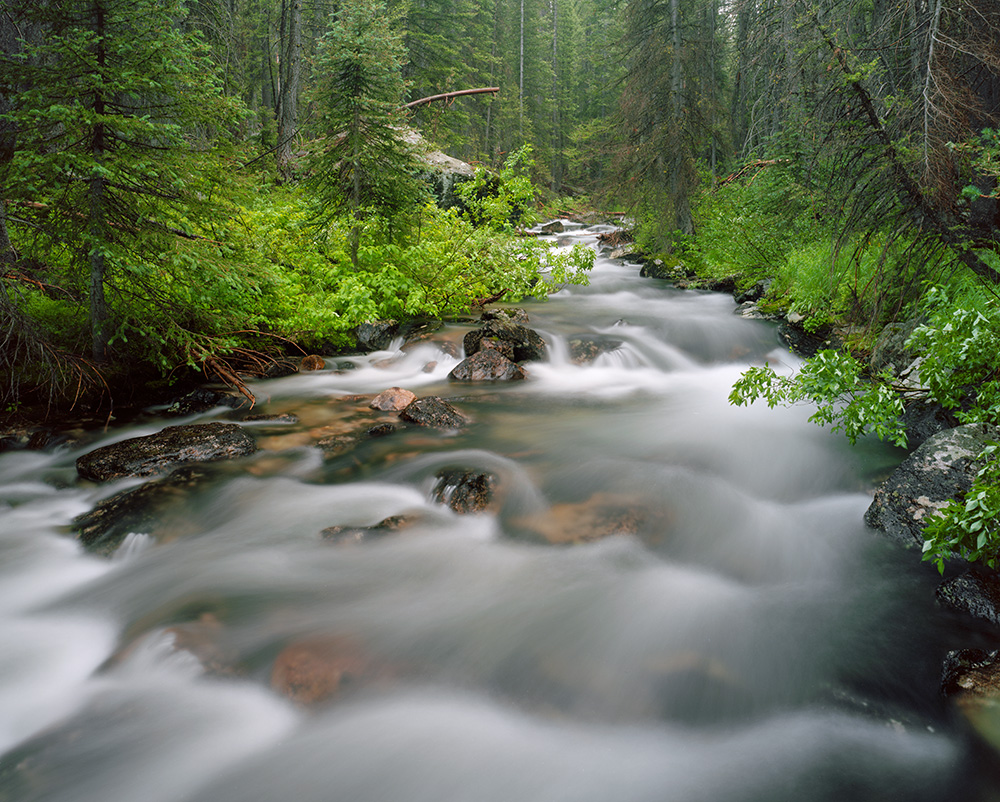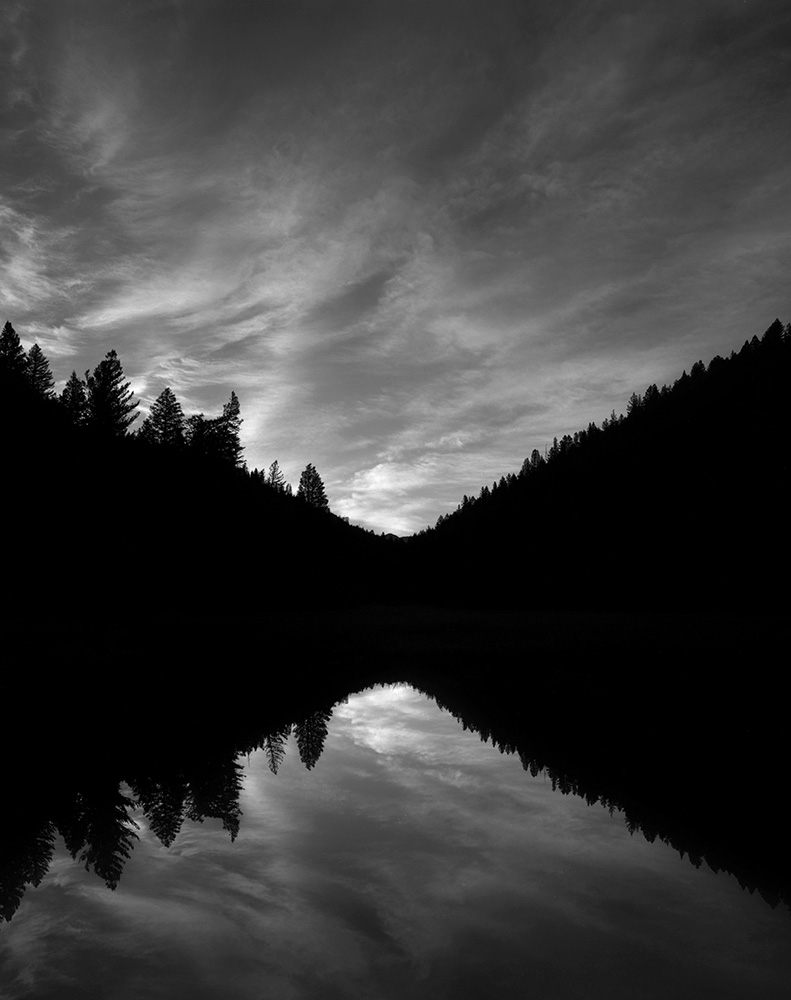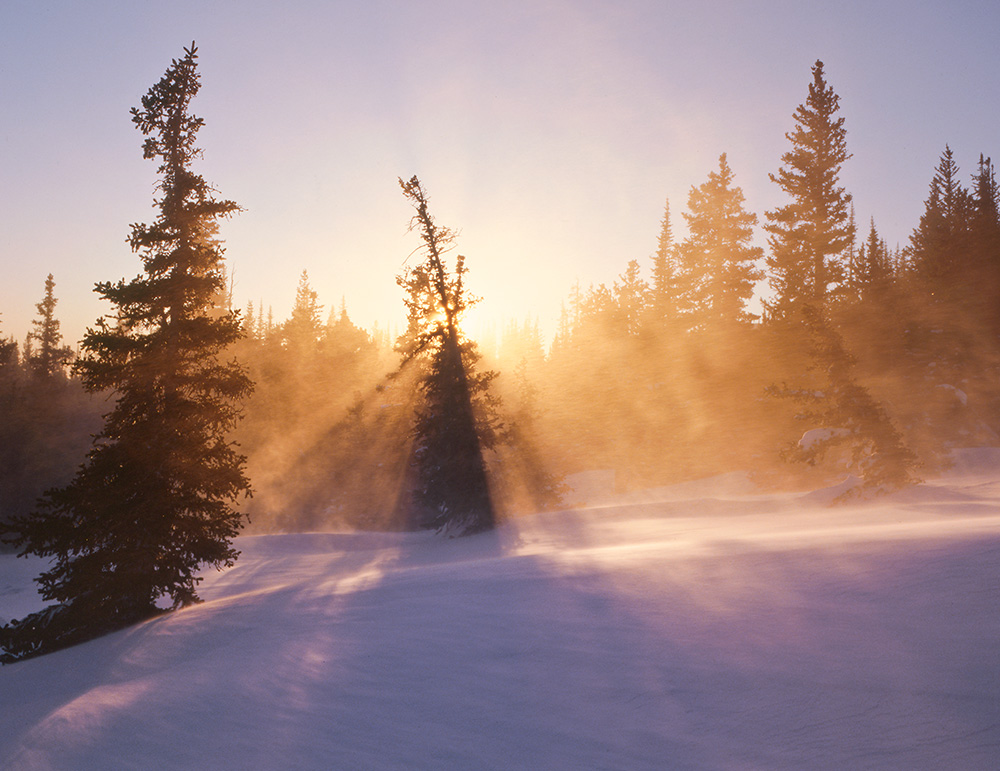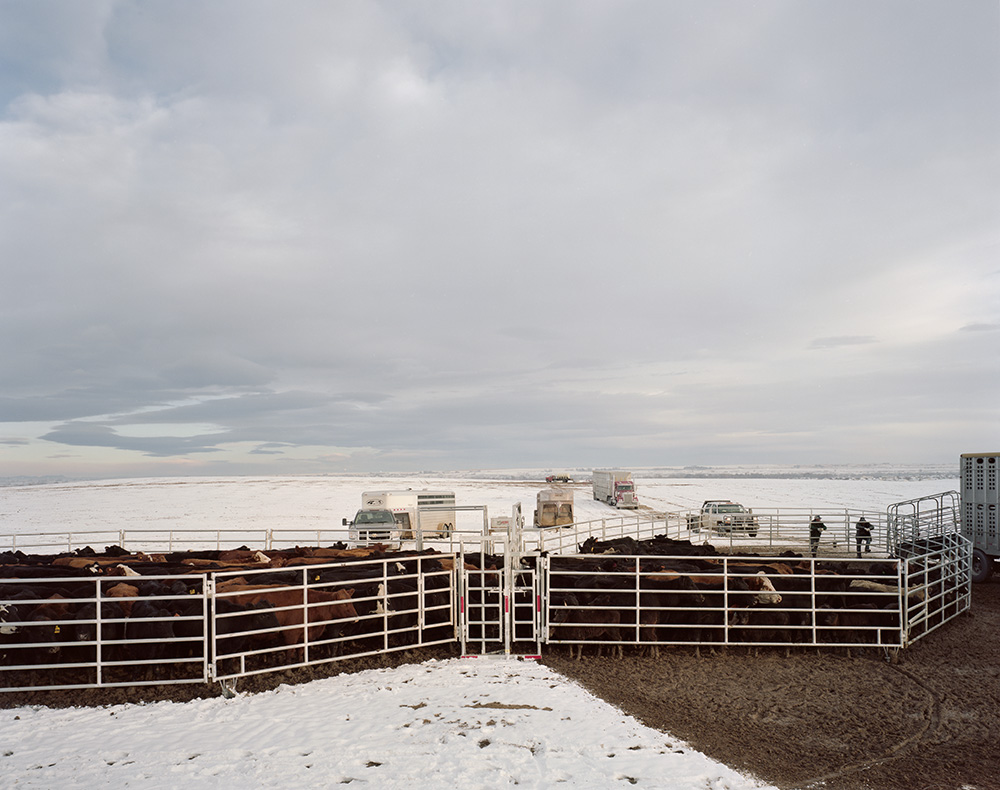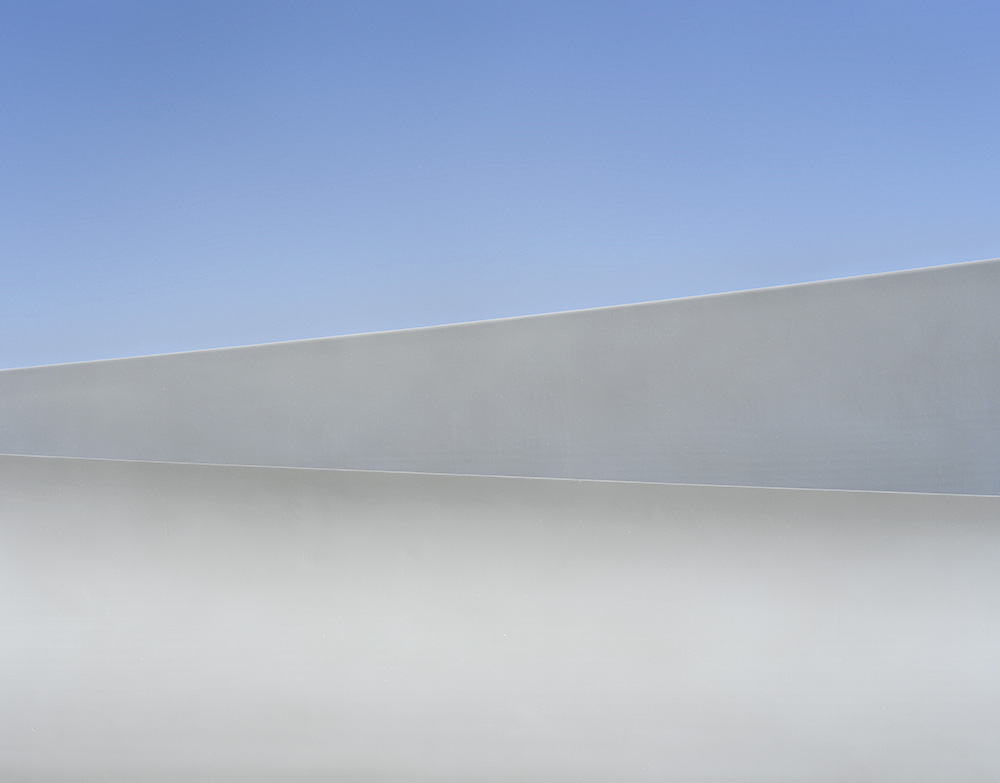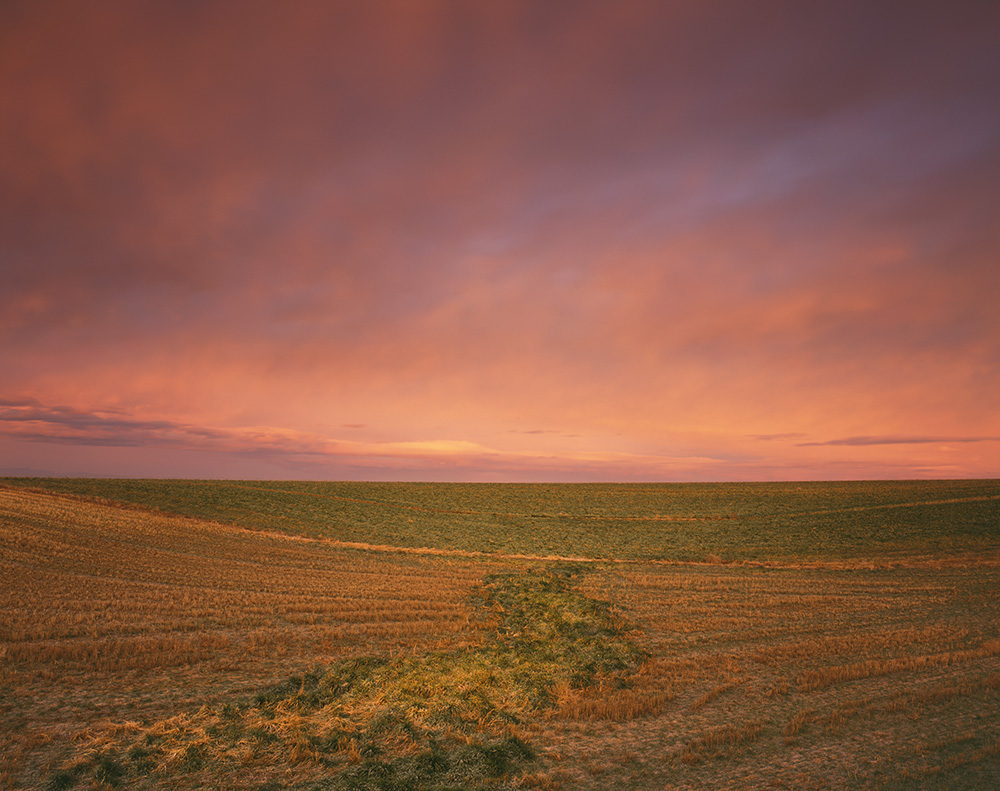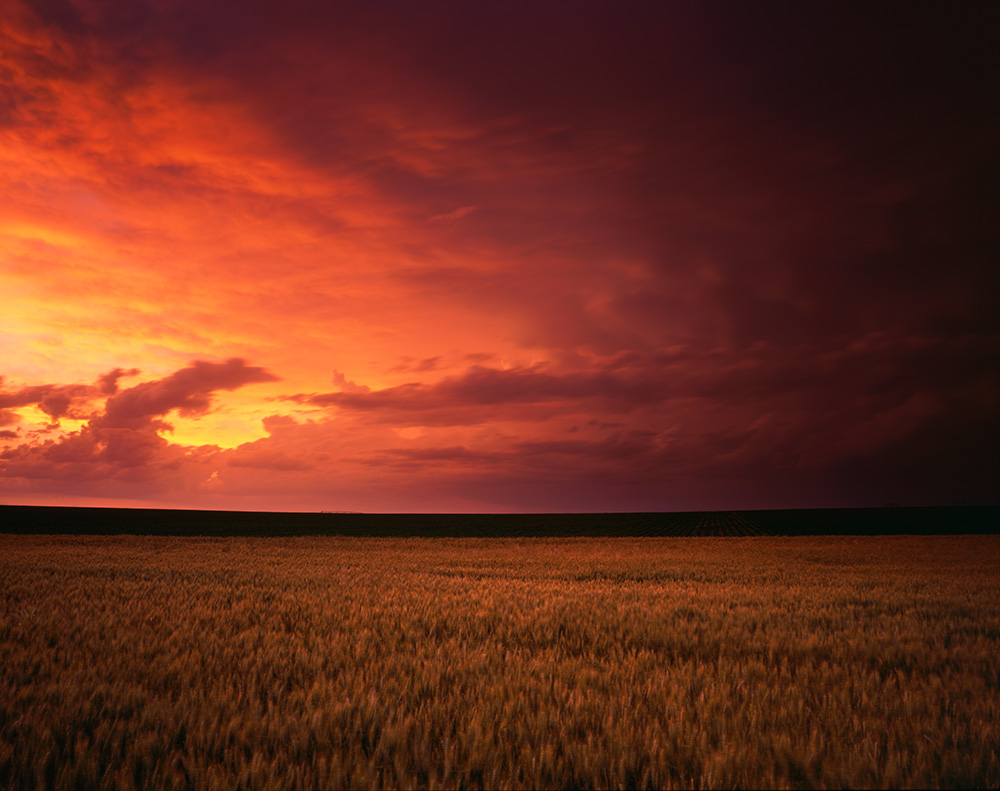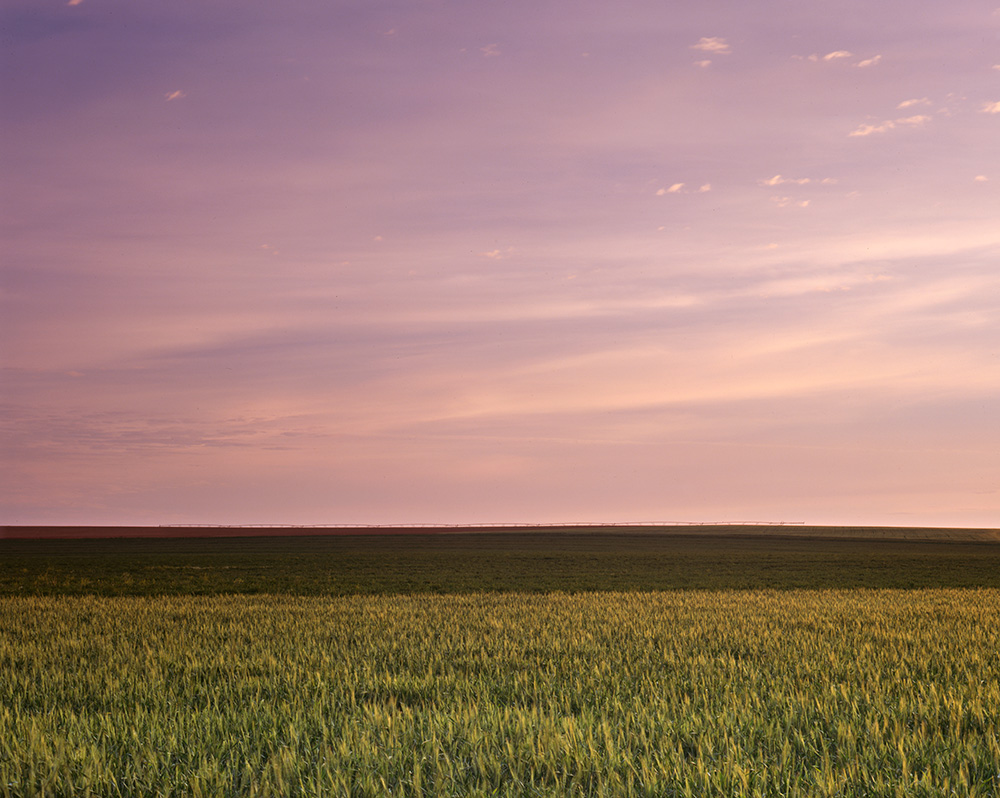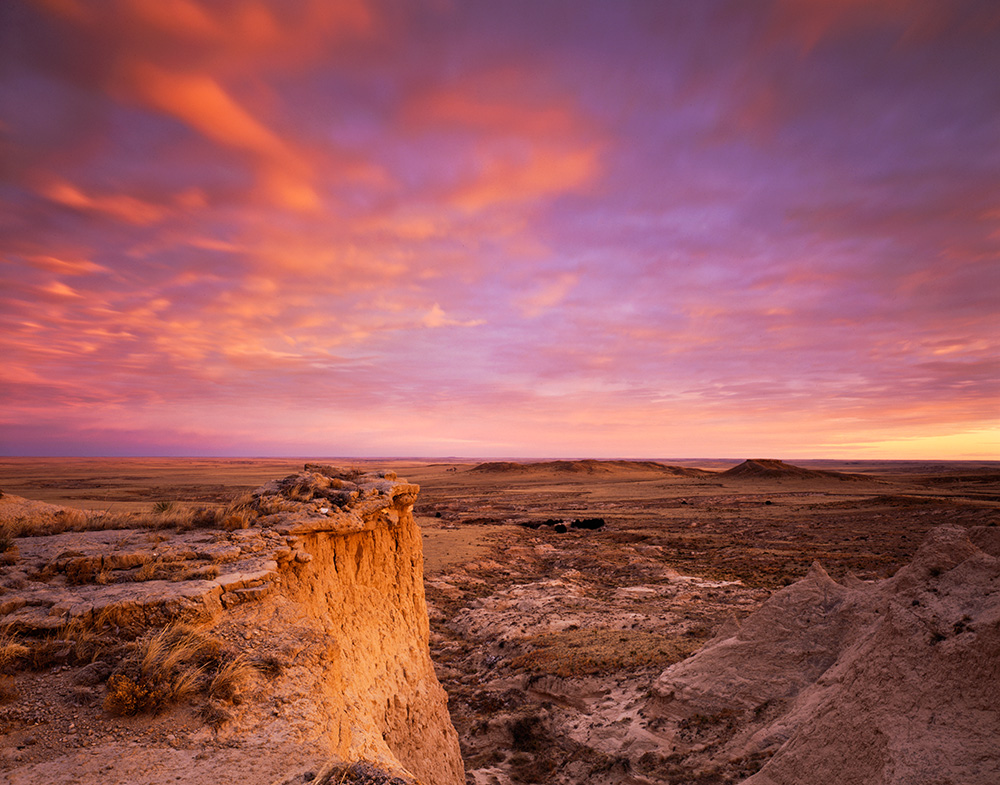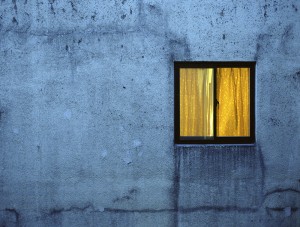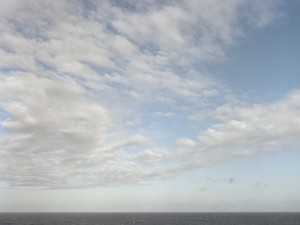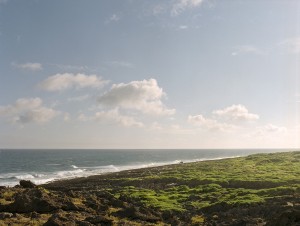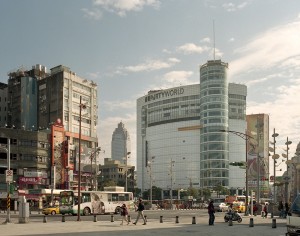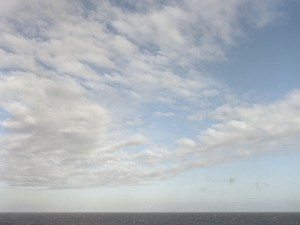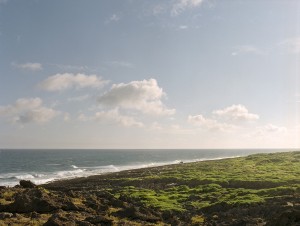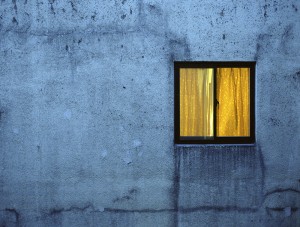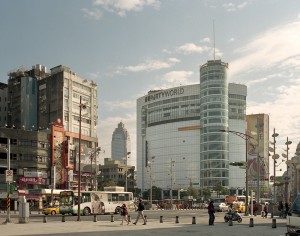Big Bend National Park is one of America's lesser visited parks, especially considering its size. This allows for a great chance to find some solitude in a variety of environments from barren desert to forested mountains and lush river valleys. I took the opportunity to head down there in early April, when the park is in the tail end of spring and the scorching heat of the summer hasn't yet arrived. I'm going to share some highlights of my trip and let the photos do most of the talking.

When I first started looking into Big Bend, I knew I wanted to take an overnight trip to the edge of the South Rim of the Chisos Mountains. Centrally located in the park, the Chisos Mountains have the highest elevations in the area at just under 8,000 feet above sea level and can be seen from just about anywhere in the park. Even though I see all sorts of mountains in Colorado, I knew these ones would be different so I made sure to start my trip off in the Chisos.
It's a 12 mile round trip hike to the South Rim and as you can see, the view really was worth it! Some people hike it all in one day, but I wanted to get a sunrise and a sunset out there so I got my overnight permit at the Chisos visitor center and packed in with my tent and camera. A small note about backcountry permits: try to plan all of your overnight stays onto one permit. You can put up to 14 consecutive nights on just one permit and the price is the same for one night or 14, just $10 total. This can include nights backpacking in the mountains and nights spent primitive camping along the unmaintained dirt roads, so ideally you should try to figure out a game plan ahead of time and get the permit as soon as you arrive.
Expect to see a variety of life in the Chisos, from vibrant wildflowers to the robust century plant. That's the plant in the foreground of the image above, I was very interested in the form it had and how it contrasted the surrounding landscape. In just a few weeks after I was there, some of these plants will shoot a flowering stalk up to 20 feet high. This happens only once in the plant's lifetime of about 25-30 years and it dies shortly after the bloom.
After the Chisos Mountains, the next spot I wanted to see was the incredible Santa Elena Canyon. I took my time on the drive over there as I'm a sucker for geology and roadside interpretive sites. I couldn't help but stop at nearly every one to learn about the unusual geology of the area and soak in the grand desert views. The national park system really is fantastic as there are so many ways to enjoy the parks!
The Rio Grande has carved through the massive cliffs of the Sierra Ponce (Mexican side) and the Mesa de Anguila (US side), creating a staggering view of cliffs 1500 feet tall that make up the Santa Elena Canyon. The river was flowing lightly and pleasant to stand in. In theory, one could walk right into Mexico from here though that probably isn't a wise choice legally. Out here it doesn't seem like an international border at all, just complete wilderness. It made me happy to see that this place was still wild!
Of course, there's the vast expanses of Chihuahuan desert that cover the rest of the park. It's certainly worth exploring this area and the unusual life that has adapted to it. The ocotillo grows nearly 20 feet tall and was flowering at the end of each branch at this time of year. Just a few days after a rain, it will completely cover itself in small leaves. The desert parts of the park have some very nice campsites and plenty of opportunities to find some solitude.
As far as my trip outside the park goes, it was very neat to drive through the endless land of western Texas. Many towns seem to have gone through periods of boom and bust out in the frontier, with some places doing better than others. The pumps at this station said gas was $1.29 a gallon so it must have shut down at least a decade ago.
This station was in the Ghost town of Orla, Texas and must have been defunct for much longer than that... Some parts of west Texas look like quite a desolate place.
On the last day of my trip, the kind gentleman that shared the long drive to Texas with me invited me to the Star Party at the Fort Davis Observatory. This was very cool and worth the side trip if you're in the area! They let you look through several of their telescopes and we were even able to see Jupiter's rings and four of its moons! In case the huge wilderness of Big Bend didn't make you feel small enough, gazing into deep space and seeing a nebula where stars are being born should do the trick. This is the Hobby-Eberly Telescope, which was completed in 1997 and at 9.2 meters is one of the largest optical telescopes in the world.
And here's one more photo from the South Rim, this one taken during a moody and dark sunset. Leave a comment and let me know which image is your favorite! If you're ever in the mood to see a quiet corner of the country, I can highly recommend a trip to Big Bend National Park.
To finish up I will leave you with a small video that highlights the trip and shows some of my life behind the lens. It's really a great experience to do what I do!
https://www.youtube.com/watch?v=14g_Qc2z-uk
Did you enjoy this blog post?! Feel free to make a small donation. By clicking the button below, you can give me a $5 donation easily through PayPal (no account needed) that helps me greatly. Every sheet of my large format film costs about $5 so your donation can keep me out there photographing the beautiful landscape!
Better yet, purchase a copy of my new inspirational eBook “Photographing the Plains” by clicking here!
If you would like any of these images on you walls as prints, please contact me by email or by calling me at (970)412-0679

